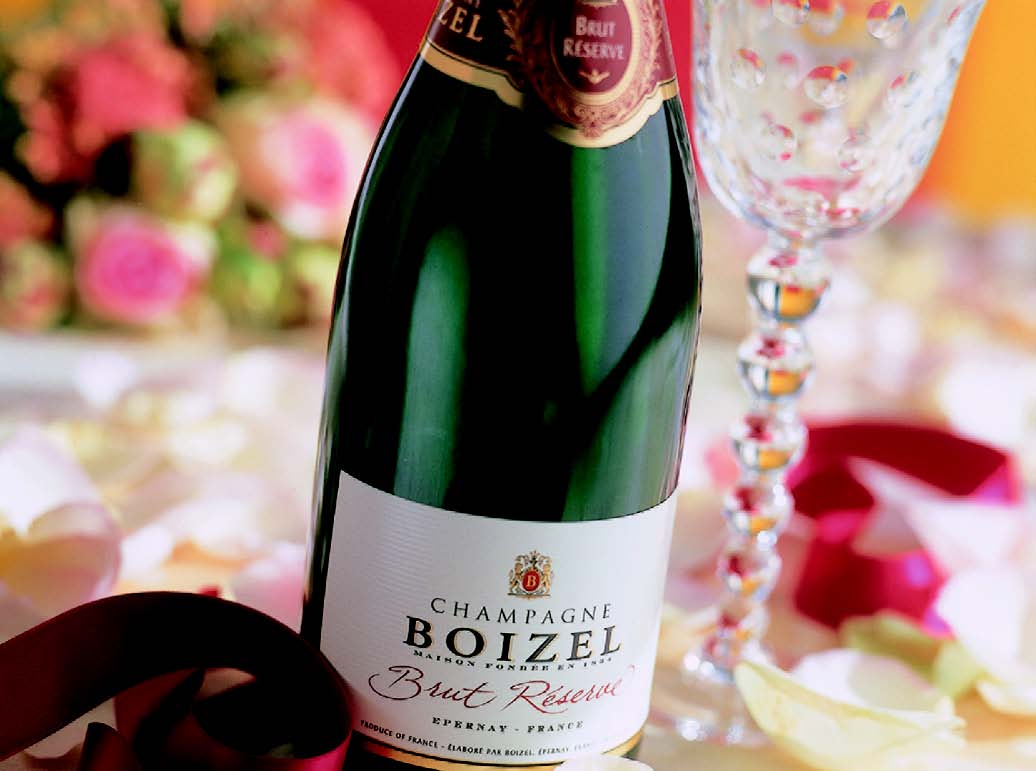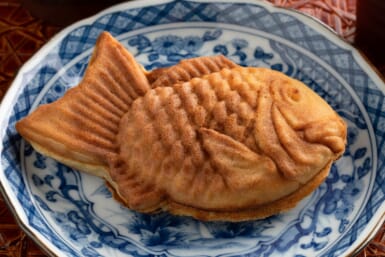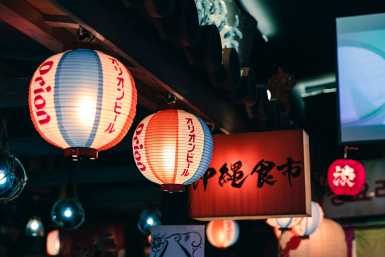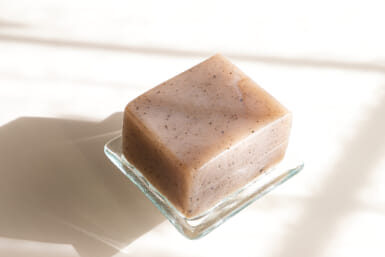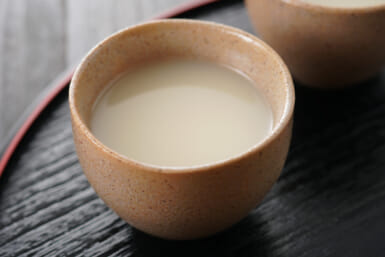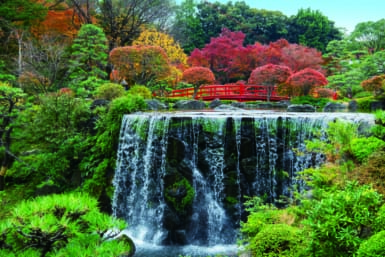by J.K. Whelehan
“Was it necessary for you to write a whole book to discover that Champagne is one of the most versatile wines with Japanese food?” said a friend with a mischievous glint in his eye as he tried to bait me.
It was, in fact, the broader category of sparkling wines that I alluded to as part of my conclusion. It is the most versatile type of wine, pairing well with many Japanese recipes. For example, while beer traditionally partners sushi and sashimi, both Japanese dishes can be enjoyed in tandem with sparkling wine. The subtle flavors associated with sparklers do not overpower the taste of the seafood. In addition, the slightly colder serving temperature and versatile fizz add an extra tactile dimension and freshness while the inherent acidity scours the palate of fishy flavors in place of ginger.
As I replied to my friend, given the panoply of Japanese home cooking, which tends to be on the sweeter or more savory side as ingredients frequently include mirin, soy sauce, and sugar, bubbly, while normally a safe bet, may not always work. Here wines with some residual sugar fare best, the prime example being a German halbtroken. In general, new world wines, with their rich, forward fruit flavors, will have an edge over their more reserved old world counterparts.
Interested in the mechanics of matching? Being high in lactic acid, soy sauce tends to spin things in favor of red wine. If you wish to experience this for yourself, avocado sashimi illustrates it nicely. Indeed this is one of my favorite dishes because of its simplicity—just slice a ripe avocado and serve with soy sauce and wasabi. What you need is a dry rosé and a light red. You should find that the avocado, when tasted by itself, goes best with rosé, but once you dip it into the soy sauce and wasabi, a lighter red works better.
J.K. Whelehan is a Tokyo-based wine expert and writer, as well as co-author of the best-selling book Japanese Dishes for Wine Lovers, published by Kodansha International and available from Amazon.

